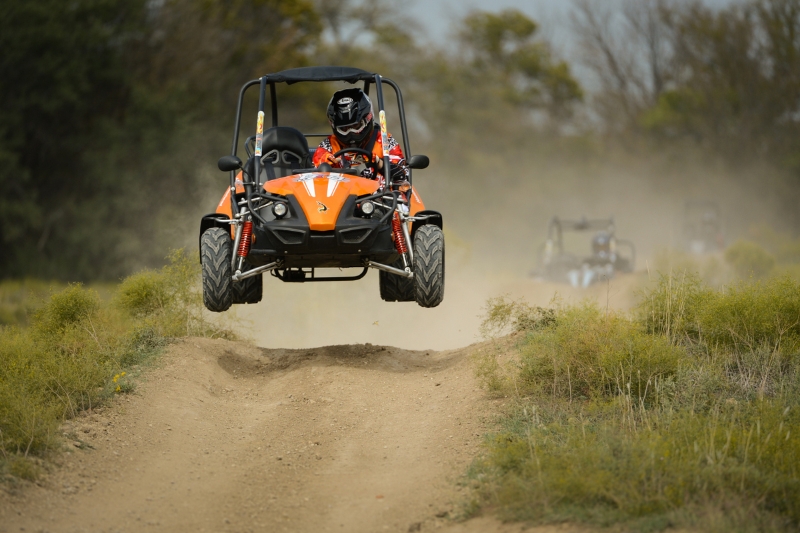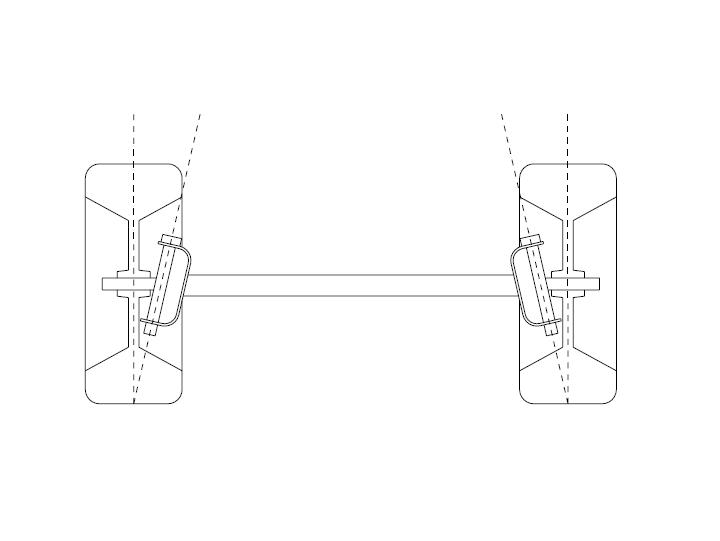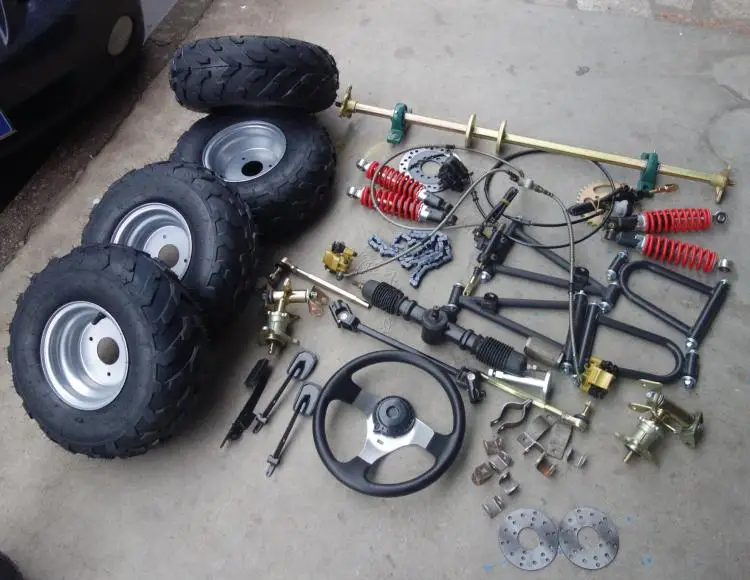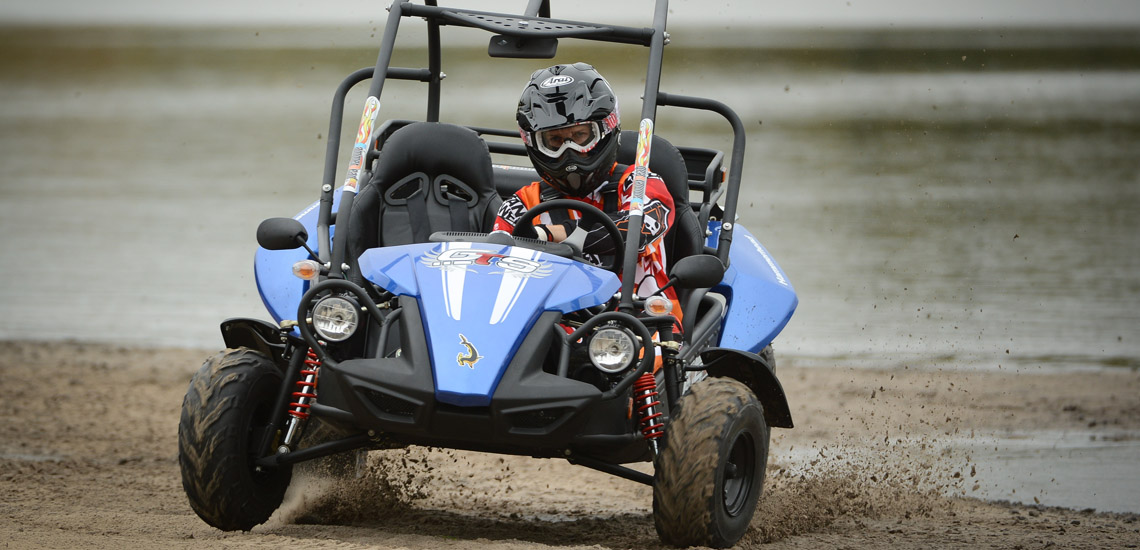Optimization of Off-Road Go-Kart: A Comprehensive Analysis of Steering, Suspension, and Ergonomics
Off-road go-karts are popular recreational vehicles, offering enthusiasts an adrenaline-pumping experience through rough terrains. This report delves into the optimization of off-road go-karts, focusing on key aspects such as steering, suspension, and ergonomics. By understanding the intricate dynamics of these components, we aim to enhance the overall performance, safety, and comfort of the off-road go-kart.
Introduction:
Off-road go-karts are versatile vehicles designed for navigating challenging terrains, ranging from dirt trails to rocky landscapes. The optimization of these vehicles involves a multifaceted approach, considering steering precision, suspension responsiveness, and ergonomic design. This report explores each aspect in detail, aiming to provide a comprehensive understanding of the optimization process.
Steering System Optimization:
2.1 Steering Mechanism:
The steering system plays a pivotal role in the overall control and maneuverability of an off-road go-kart. An optimized steering mechanism should offer precise control, quick response, and adaptability to varying terrains. This section discusses the key elements of steering optimization, including the type of steering system, steering ratio, and the integration of advanced technologies like power steering. 2.2 Steering Geometry:
2.2 Steering Geometry:
The geometry of the steering system significantly influences the go-kart's handling characteristics. Ackermann steering geometry is commonly used in off-road go-karts to ensure that the inner and outer wheels follow different turning radii during cornering. Proper alignment and camber settings contribute to stability and responsiveness. 2.3 Steering Components:
2.3 Steering Components:
Examining the materials and construction of steering components is crucial for optimizing performance. Lightweight, durable materials contribute to reduced unsprung mass, enhancing the go-kart's responsiveness and agility. Attention to details such as tie rod length, steering column rigidity, and steering wheel design can significantly impact the overall feel and precision of the steering system.
Suspension System Optimization:
3.1 Suspension Types:
Off-road go-karts demand robust suspension systems to absorb shocks and maintain traction on uneven surfaces. This section explores different suspension types, such as independent front and rear suspensions, solid axles, and the use of technologies like adjustable shocks and springs. 3.2 Suspension Geometry:
3.2 Suspension Geometry:
The geometry of the suspension system affects the go-kart's stability, handling, and ride comfort. Proper alignment, caster, camber, and toe settings are critical for optimizing performance across various terrains. The integration of advanced features like anti-roll bars and dynamic damping further enhances the adaptability of the suspension system. 3.3 Suspension Components:
3.3 Suspension Components:
Examining the quality and durability of suspension components is paramount. High-strength materials, precision engineering, and attention to bushings and joints contribute to a robust suspension system. This section also explores the use of progressive-rate springs and adjustable shocks to fine-tune the go-kart's suspension characteristics based on user preferences and terrain conditions.
Ergonomics Optimization:
4.1 Driver Positioning:
Optimizing the ergonomics of an off-road go-kart involves ensuring the driver's comfort and control. The ideal seating position, pedal placement, and steering wheel orientation contribute to reduced fatigue and enhanced driving experience. This section discusses the importance of proper driver positioning and the integration of adjustable components. 4.2 Seat Design:
4.2 Seat Design:
The design and construction of the seat impact both comfort and safety. Ergonomically contoured seats with sufficient padding provide support during off-road maneuvers. Additionally, features such as high side bolsters and harness systems contribute to driver safety and stability.
4.3 Controls and Instruments:
Placement and design of controls and instruments, including the steering wheel, pedals, and dashboard, are critical for intuitive operation. Ergonomically positioned controls enhance the driver's ability to navigate challenging terrains while maintaining control and focus. This section also explores the integration of advanced instrumentation, such as digital displays and telemetry systems, to provide real-time performance feedback.
Integration and Testing:
Optimizing off-road go-karts involves a holistic approach where steering, suspension, and ergonomics are seamlessly integrated. Rigorous testing procedures, including on-track testing and simulation, allow engineers to fine-tune the vehicle's performance characteristics. Iterative testing and optimization are crucial to achieving the desired balance between responsiveness, stability, and comfort.
Conclusion:
The optimization of off-road go-karts based on steering, suspension, and ergonomics is a complex and dynamic process. Achieving the perfect balance between performance, safety, and comfort requires meticulous attention to detail, engineering expertise, and thorough testing. By understanding and optimizing each component, off-road go-kart enthusiasts can enjoy an exhilarating and reliable experience across diverse terrains. This report provides a comprehensive guide for manufacturers, engineers, and enthusiasts aiming to enhance the capabilities of off-road go-karts.

































